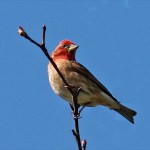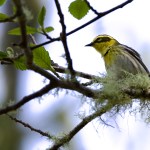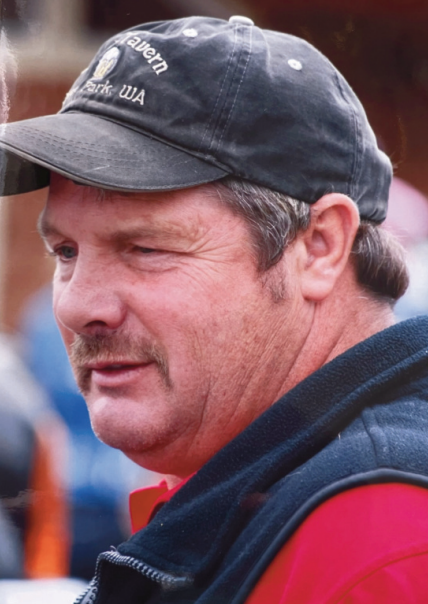Birding: Never give up on observing April migrants
Published 10:11 am Tuesday, April 29, 2025





Just as I was about to give up on seeing April migrants, or any other birds for that matter, a trio of purple finches flew into the yard, a chestnut backed chickadee came for breakfast, and the Steller’s jays made an appearance at the feeders. I sat on the deck for a bit after seeing this small parade of visitors. It was 8:45 a.m. The dawn chorus was still happening but beginning to taper off. By 9:30 a.m. it was over.
The American robin with a raspy voice, but still sounding like a robin to my ears, was verified by Merlin, which is the app developed by Cornell University to help locate and identify bird species all over the world. I like to use it to either confirm the species that I know I am hearing or to alert me to a species I don’t know by heart yet. For example, Merlin heard an orange-crowned warbler, but I didn’t. I spent a few minutes looking in the dense shrubbery, and lo and behold I saw it! The next time I hear its song I will recognize the orange-crowned warbler, but I will still search the bushes and shrubs to confirm its presence.
Sitting still on the brand new deck, a replacement for the 30-year-old one that was beginning to be a hazard, told me something about the habits of birds. Some species are slow to pick up on change. A new deck means no feeders on it for at least a while. It is so pristine and enjoyable to sit on. Thus, the feeders were moved to the lawn and hung on the tallest shepherd hooks that Fred Meyer sells.
Trending
Still, the jays come to the deck’s railing and look for the feeder that was hanging there. The Douglas squirrel and the gray squirrel do the same, and every day! As of this morning, however, they seem to be just fine with the new locations. The ground feeders, such as the golden-crowned sparrows, are particularly happy because it is easier to capture the seeds that the feeder birds toss to the ground than it is to forage on the floor of a deck in competition with the birds who are dumping them as they gorge themselves at the feeders.
Merlin and I also picked up a male red-winged blackbird this morning. The bird sounded like it had been out on an all-night karaoke binge. It, like the robin, was not as melodious as usual. The konk-a-ree sound was there but just! Ultimately, it found its way to one of the new feeding stations.
Some Chinook Observer readers are reporting seeing not much of anything these days or seeing far fewer birds than usual. My friend Cyndy saw and heard a pileated woodpecker today and observed an osprey near Tarlatt. How I would have loved to have seen the pileated. She and others are also reporting that barn swallows arrived on the peninsula the other day. I have seen one violet-green swallow and just a few tree swallows, all at Tarlatt, in the last week.
At least one pair of American kestrels is hanging out near Tarlatt. It is most likely nesting in the refuge. I am also seeing fewer great blue herons feeding on the mudflats of Willapa Bay, but bald eagles are seen every day, adults and sub-adults alike. The osprey that nests in Hine’s marsh has just returned and is already gathering sticks for a rebuild. The storms of this past winter played havoc with their nest of the past several years. Generally, the ospreys only have to renovate and tidy up a bit, but no such luck this year.
It seems like there aren’t as many birds or species as usual, but I am not giving up the ship! After all, spring is for the birds! I hope there are more on the way. Happy birding!
EDITOR’S NOTE: Due to a page designer’s error, a kestrel was misidentified in a caption in the April 23 print edition of the Observer.














